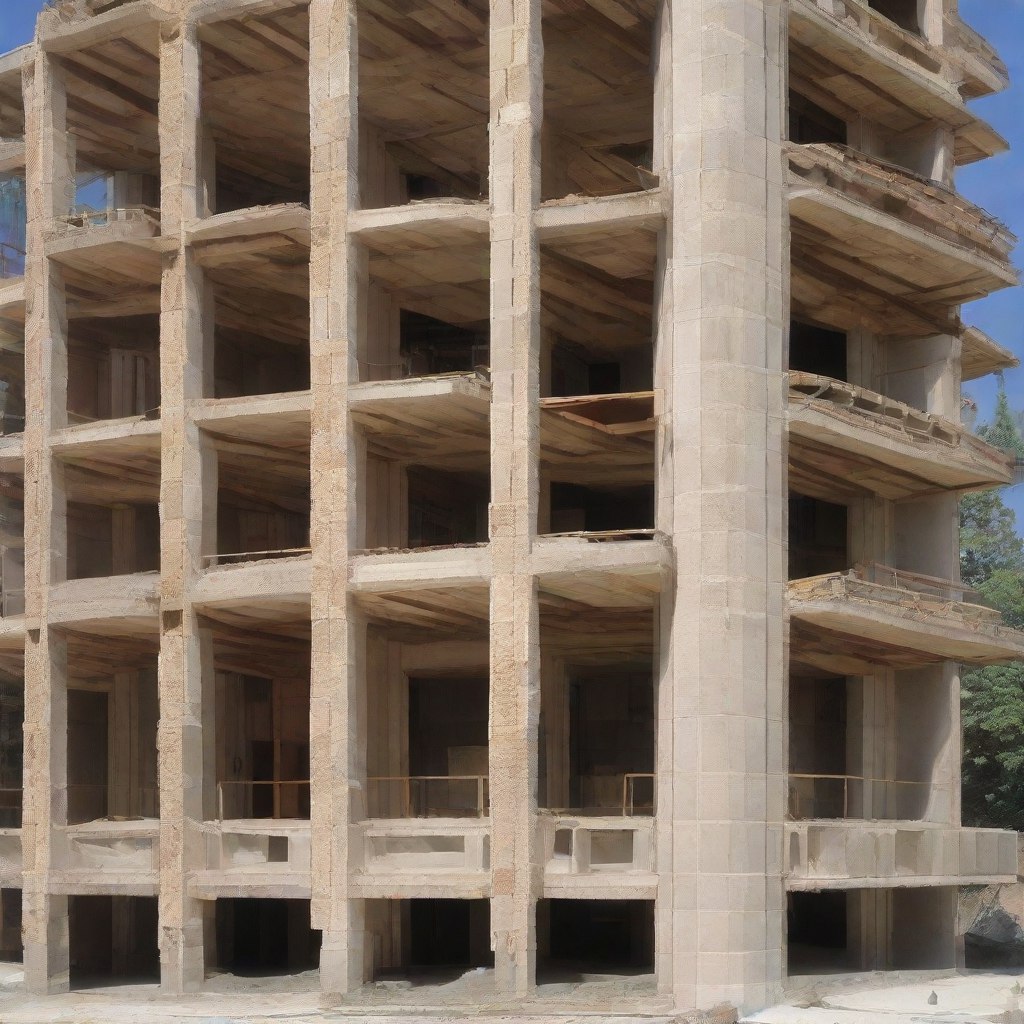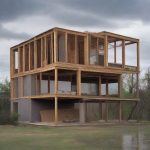Earthquakes are among the most unpredictable and destructive natural disasters, capable of causing widespread devastation in a matter of seconds. However, by incorporating earthquake-resistant construction methods, we can mitigate the damage and increase the safety of our buildings and communities. In this guide, we’ll explore various techniques and strategies used to construct structures that can withstand the forces unleashed by seismic events.
Understanding Earthquake Forces
Before delving into earthquake-resistant construction methods, it’s essential to understand the forces at play during seismic events. Earthquakes generate several types of forces that can affect buildings:
- Ground Shaking: The primary cause of damage to structures, ground shaking can lead to structural failure, collapse, and loss of life.
- Lateral Forces: Horizontal movement of the ground can exert lateral forces on buildings, causing them to sway or topple over.
- Uplift and Settlement: Uneven ground movement can result in uplift or settlement of foundations, leading to structural instability.
By designing and constructing buildings to withstand these forces, engineers can enhance their resilience to earthquakes.
Reinforced Concrete Construction
Reinforced concrete is one of the most widely used materials in earthquake-resistant construction due to its strength, durability, and ductility. Key features of reinforced concrete construction include:
- Reinforcement: Steel bars or mesh embedded within the concrete provide additional strength and flexibility, allowing the structure to bend and absorb seismic energy without collapsing.
- Shear Walls: Vertical concrete walls located in the building’s core or perimeter act as stiffeners to resist lateral forces and prevent torsional movement.
- Moment-Resisting Frames: Steel or reinforced concrete frames designed to withstand bending and torsional forces, providing stability and resilience during earthquakes.
Reinforced concrete construction is commonly used in high-rise buildings, bridges, and other structures where strength and durability are paramount.
Steel Frame Construction
Steel offers exceptional strength-to-weight ratio and flexibility, making it an ideal material for earthquake-resistant construction. Steel frame construction techniques include:
- Braced Frames: Diagonal braces or shear walls made of steel provide lateral stability and resistance to seismic forces, reducing building sway and deformation.
- Moment Frames: Steel frames with special connections designed to resist bending and torsional forces, ensuring structural integrity during earthquakes.
- Base Isolation: Installing flexible bearings or isolators between the building foundation and the ground to absorb seismic energy and minimize structural damage.
Steel frame construction is commonly used in commercial buildings, industrial facilities, and seismic retrofit projects to enhance earthquake resilience.
Timber Frame Construction
While timber may not seem like an obvious choice for earthquake-resistant construction, modern timber frame techniques can provide significant resilience to seismic events. Some key features of timber frame construction include:
- Post-and-Beam Construction: Heavy timber posts and beams interconnected with steel connectors create a rigid frame that can dissipate seismic energy and resist lateral forces.
- Structural Insulated Panels (SIPs): Prefabricated panels made of timber or engineered wood products provide strength, insulation, and structural stability, enhancing the seismic performance of timber frame buildings.
- Hybrid Construction: Combining timber frame elements with steel or reinforced concrete components to create a versatile and resilient structural system.
Timber frame construction is gaining popularity in residential and commercial projects seeking sustainable, energy-efficient, and earthquake-resistant building solutions.
Conclusion
Earthquake-resistant construction methods play a vital role in reducing the impact of seismic events on buildings and infrastructure. By employing techniques such as reinforced concrete, steel frame, and timber frame construction, engineers and architects can create structures that are better equipped to withstand the forces of nature.
Whether you’re designing a skyscraper in a seismically active region or retrofitting a historic building to improve its earthquake resilience, incorporating these methods can save lives, protect property, and ensure the long-term safety and stability of our built environment.


